Most people don’t know what it’s like to be trapped in a pit for 14 years – but St. Gregory the Illuminator did. When he arrived in Armenia and preached the gospel to King Tiridates III, the ruler cast him into a pit. But when the king fell ill, he called upon Gregory, who managed to heal him miraculously. Tiridates III then adopted Christianity as the state religion. A church was built in the area where Gregory was cast down called Khor Virap, or “deep pit.”
10 Arresting Sights to See in Armenia
Temples fit for kings, mysterious stone arrangements, caves hidden by waterfalls, glorious battlefields, modern art troves and aerial tramways – Armenia is a true land of thrill and wonder. These spectacular sights will leave the most avid travelers spellbound, so join us on this journey or come see for yourself!
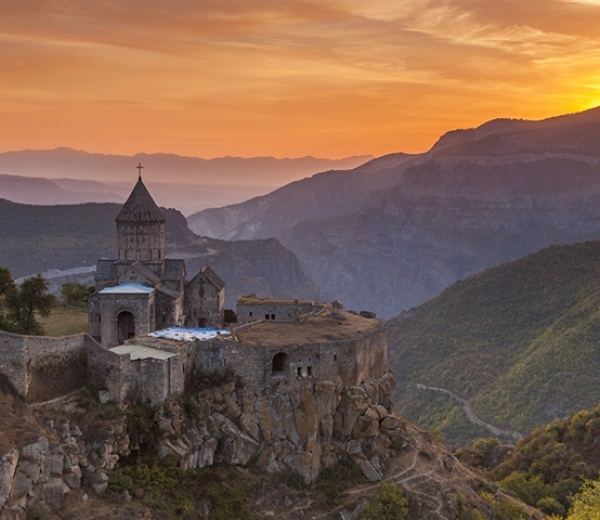
1. Khor Virap

2. Cascade
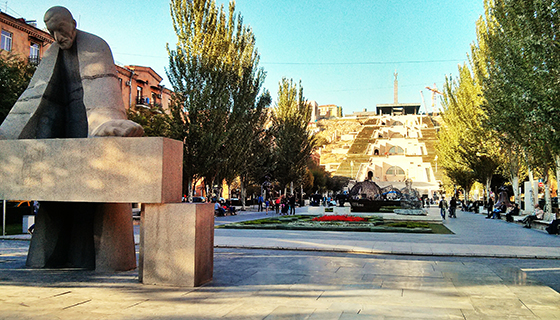
It is an odd and beautiful architectural marvel and it houses what is perhaps the best collection of modern art in the region. It was built in the 1970s but was underused until after Armenia gained independence, when Gerard Cafesjian, an Armenian from the Diaspora, invested to beautify it and turn it into a modern art museum. It now exhibits works by Fernando Botero, Lynn Chadwick and Barry Flanagan, among others.
3. Tatever (Wings of Tatev)
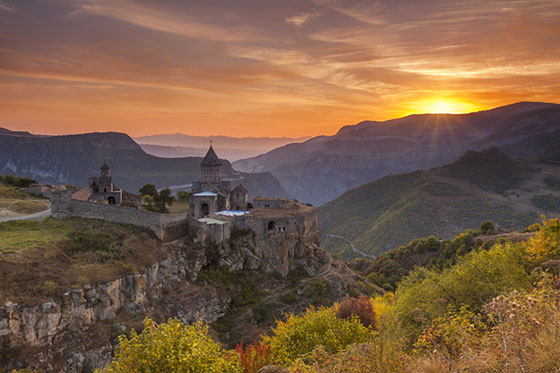
4. Garni Temple

The distinctly Hellenic structure was built in the first century AD as Rome approached its heyday. Although it was destroyed in an earthquake in 1679, it was reconstructed in the 1960s and 1970s. The site was likely used as a place of worship and potentially as a summer residence for Armenian rulers.
5. Zorats Karer
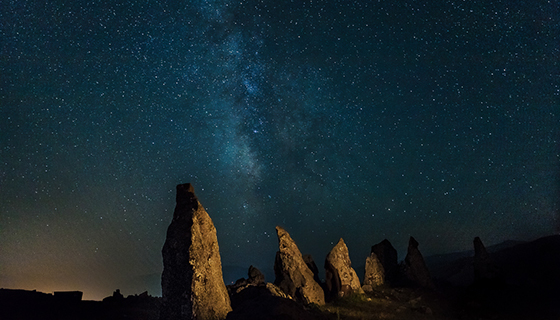
Stars were as entrancing to prehistoric humans as they are to us today. Zorats Karer – or karahunj – is testament to this wonder, an arrangement of stones that legend has it served as an observatory. The site predates the better-known Stonehenge in the United Kingdom and is still being studied for clues into why it was built and the influence it might have had on ancient astronomy.
6. Goris Caves
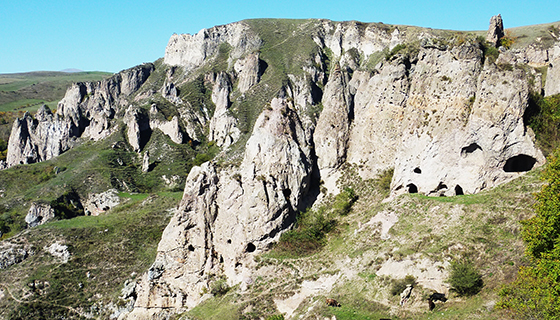
7. Hunot Canyon
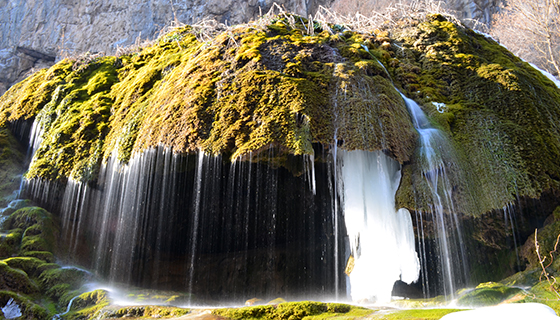
This majestic place looks almost surreal. Nestled under the heights of Shushi, Artsakh’s cultural capital, the impressive basalt formations, river and caves in this canyon are a natural wonder. One popular spot is called “zontik,” meaning umbrella, for the cave that shelters a person from the water falling from above.
8. Lake Sevan
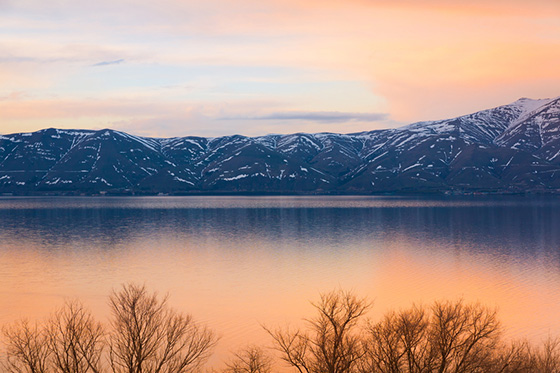
It is the largest freshwater lake in the Caucasus; so large it has been called the “sea of Armenia.” A site of great ecological interest, it is the exclusive home of the Sevan trout and a breeding ground for the Armenian gull. On its western shore there is also an ancient monastery called Sevanavank.
9. Gandzasar
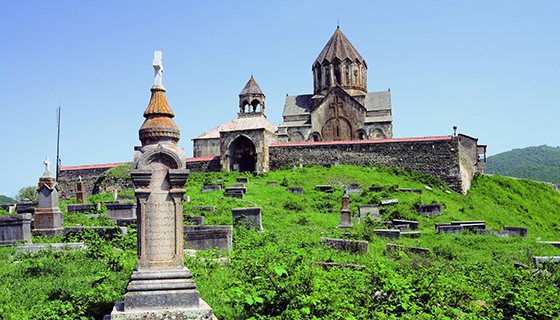
The name of this functioning monastery translates as “Treasure Mountain,” and because it is thought to hold relics belonging to St. John the Baptist, it might well be true. This structure built in the mountains of Artsakh in 1240, was bombed during the War of Independence and has the scars to prove it: an unexploded (now defused) rocket remains lodged in one of the monastery’s walls.
10. Sardarabad

Its awesome size is hard to describe until you see it. But once you know the story its wondrousness starts to make sense. After the Genocide Armenians were able to establish an independent state, which was subsequently attacked by the advancing Turkish army. The Ottoman Empire looked intent on destroying what was left of Armenia, but Armenians mustered up whatever they had left, stood on the plain of Sardarabad both outnumbered and outgunned – and won. The Armenian victory in the Battle of Sardabard was not just amazing – it was what ensured Armenia’s continued existence to this day.
